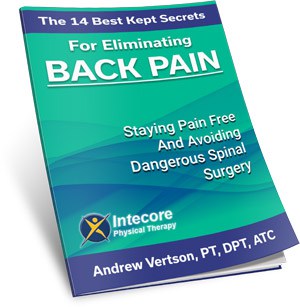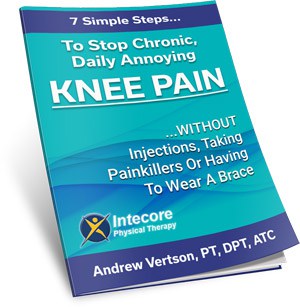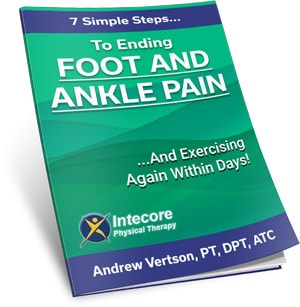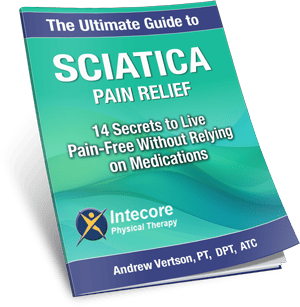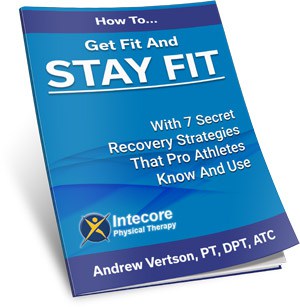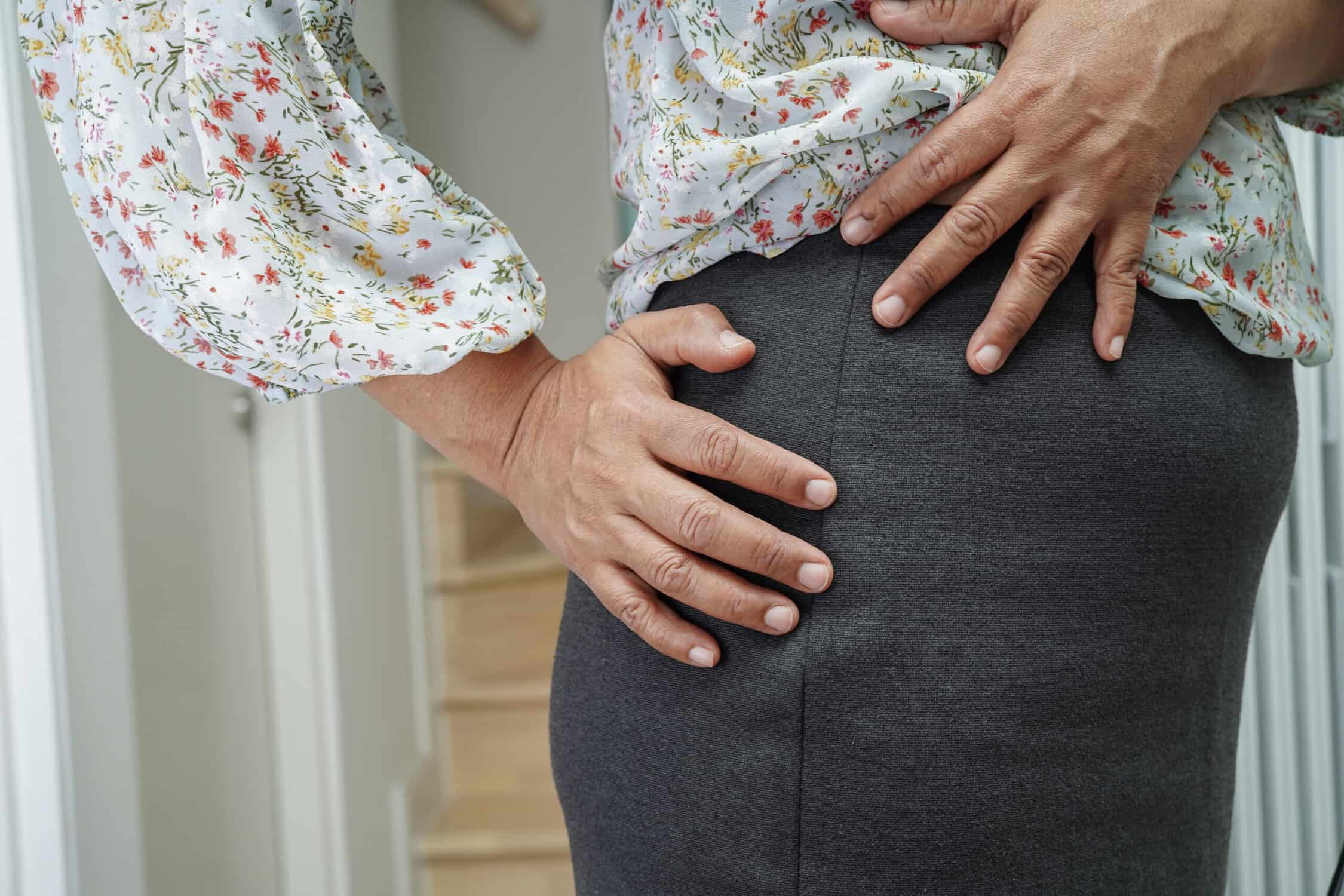
Experiencing thigh pain after hip replacement surgery is not uncommon, but it can be concerning and uncomfortable for many patients. This article will delve into the reasons behind this discomfort, provide actionable solutions, and share valuable tips to help you navigate the recovery process. Whether you’re preparing for surgery or are in the post-operative stage, this post aims to offer guidance on managing and reducing thigh and hip pain after replacement.
More Posts Like This From Intecore:
Why You Should be Doing “Hip Dips”?
Is Exercising Making My Hip Pain Worse?
I Have Pain That Shoots Down My Hip And Leg. Help!
Table of Contents
Causes of Thigh Pain after Hip Replacement
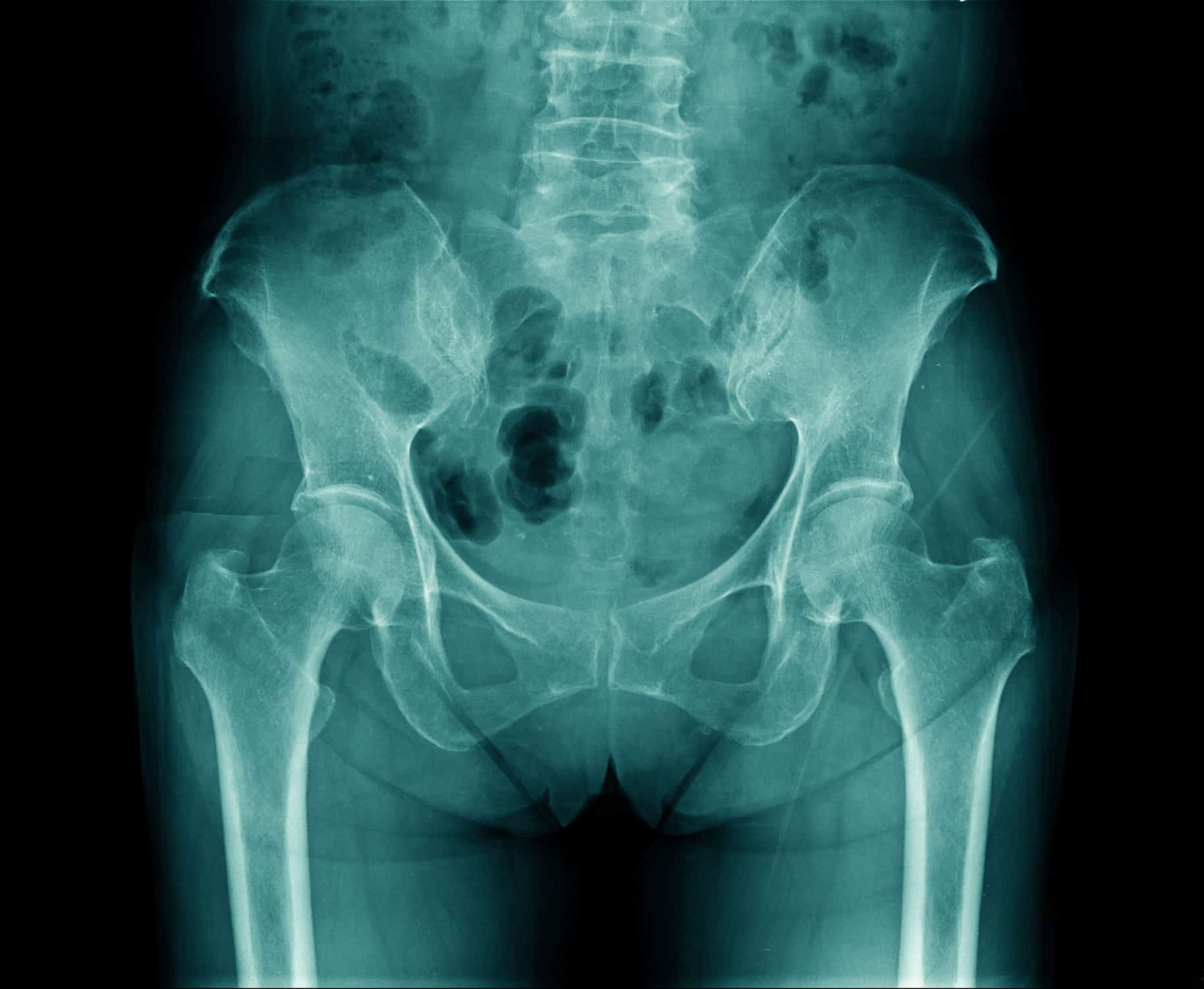
1. Surgical Procedure
A hip replacement involves replacing a damaged hip joint with an artificial one. The surgical procedure can cause trauma to the surrounding tissues, including those in the thigh. This trauma can lead to inflammation and pain in the postoperative period. While the surgery aims to provide long-term relief, the body’s initial reaction can manifest as thigh pain due to the procedure.
2. Nerve Compression
Post-operative swelling can occasionally lead to nerve compression. The thigh contains several nerves, and any undue pressure or constriction on them can result in sharp, shooting, or persistent pain. Monitoring these symptoms closely is essential, as prolonged nerve compression can lead to more severe complications and may require medical intervention.
3. Muscular Imbalances
Hip replacements can temporarily disrupt the balance of muscles in the hip and thigh region. As the body adapts, certain muscles may become overactive while others might weaken. This imbalance can lead to discomfort in the thigh. Physical therapy and targeted exercises are often recommended to restore muscular balance and alleviate the pain.
Symptoms of Thigh Pain after Hip Replacement
1. Persistent Discomfort
Following surgery, it’s not uncommon for patients to experience a dull ache in their thighs. This discomfort can range from mild to severe and may be most noticeable when trying to sleep or after extended periods of inactivity. While some level of discomfort is to be expected as the body heals, any pain that doesn’t subside or intensifies over time should be raised with a medical professional.
2. Limited Range of Motion
Patients may find it challenging to lift their leg, fully extend it, or perform daily activities like climbing stairs after a hip replacement which can be a direct result of pain, swelling, or muscular imbalances post-surgery. Physical therapy and consistent movement can often help restore flexibility and function.
3. Swelling or Inflammation
Inflammation is the body’s natural response to injury or surgery. However, in the case of thigh pain following hip replacement, swelling can be both a cause and a symptom. The thigh may appear puffy, feel warm, and display redness. Using ice packs, elevating the leg, and wearing compression garments can help reduce swelling, but it’s vital to consult with a doctor if inflammation persists or worsens.
Solutions for Thigh Pain after Hip Replacement

1. Physical Therapy Exercises
A cornerstone of recovery is using physical therapy exercises tailored to strengthen the muscles around the hip and thigh to improve stability and reduce pain. By focusing on specific movements and stretches, these exercises can help address the muscular imbalances that might be contributing to hip pain after replacement.
2. Pain Management Techniques
Beyond over-the-counter medications, there are various pain management techniques that can help to combat thigh pain. This might include hot and cold therapy, massage, acupuncture, or even prescription medications. It’s essential to consult with a healthcare professional to determine the most suitable pain management strategy for your needs.
3. Lifestyle Adjustments

Sometimes, simple changes in lifestyle can significantly impact post-surgical pain. This might involve adjusting sleeping positions, using furniture that supports good posture, or moderating certain activities that exacerbate the pain. Additionally, engaging in low-impact exercises, and staying hydrated can contribute to reduced inflammation and better overall joint health.
Ready to Get Relief?
If you’ve found this blog helpful and are eager to get the help you deserve we invite you to take the next step with us. To find out more, click here to fill out this form and tell us more about what’s going on, and our team will be in touch. You can also give us a call here: 949-565-4944
- How Many Hours of Sleep Do You Need for Recovery and Injury Prevention? - September 8, 2025
- Can Physical Therapy Help You Avoid Surgery? - August 1, 2025
- 7 Ways to Get Rid of Tension Headaches Naturally - July 1, 2025




